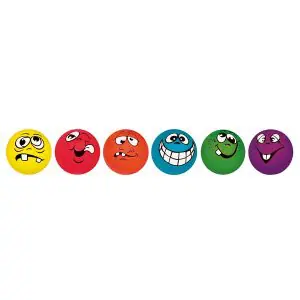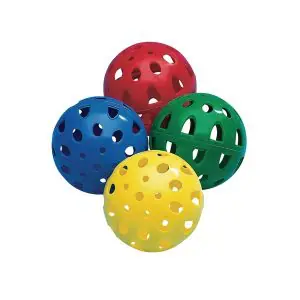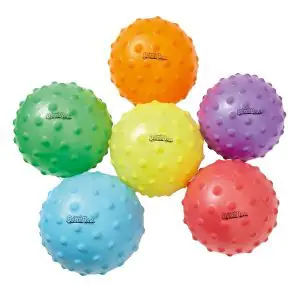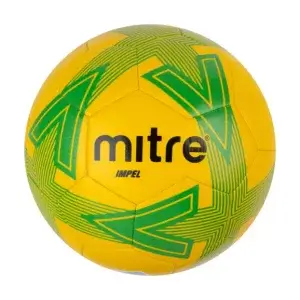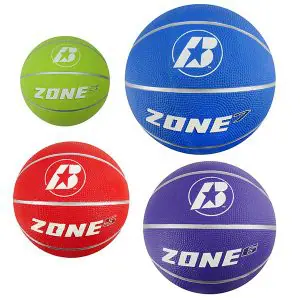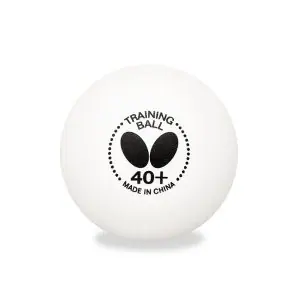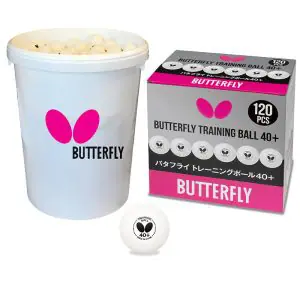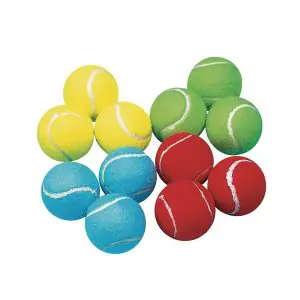Obviously, good quality surfaces, comfortable sportswear and reliable safety kit are core considerations for any school, community, commercial or competitive sports facility provision but many of these would be rendered pointless without the presence of a ball!
A ball. So simple and yet so diverse…Basketball, Beach Volley, Football, Soccer, Golf, Handball, Hockey, Rugby, Table Tennis, Tennis, Volleyball, Water Polo, Equestrian Polo, Snooker, Pool, Baseball, Squash, Bowling, Juggling and more.
And with that ball, whichever type it may be, comes so many essential skills, such as catching, throwing, hitting, kicking, bouncing, juggling, rolling, chasing, holding, gripping, grasping, juggling dribbling.
- Experts recommend engaging in ball play as early as possible. Infants can benefit from assisted tummy time on an exercise ball or playing with sensory balls with textured surfaces to stimulate their sense of touch.
- Toddlers can build motor skills, spatial skills, and hand-eye coordination by playing with lightweight balls, such as kickballs or beach balls. Playing with smaller balls, like tennis balls, can give them the opportunity to practice holding and throwing a ball with one hand.
As children develop, playing with a ball can also help to increase spatial awareness, hand-eye coordination, target precision, problem-solving, balance, language, social interaction and independence skills and ability. Therefore, the ball, in various sizes and material construction, is an essential piece of equipment in any Early Years classroom and playground, and at home.
Once at school, these social and physical skills continue to be encouraged and cemented as ball-centred activities and opportunities increase and become more varied.
Now, the ball can not only be thrown, caught, rolled and kicked but it is also punched or hit with a stick, a bat, a racquet, a club, cue and a paddle! Furthermore, players begin to need to focus on, or use, a wall, a net, floor and ground markings, and goals. Scoreboards, bibs, team colours and storage solutions are added to the mix as athletes and leisure participants alike enjoy competitive, community and friendly matches and challenges.
Motor skills increase to accommodate this extra equipment and pupils and students grow in awareness of their physical strengths and weaknesses, plus mental approach to challenges, whilst in an educational environment designed to help them to improve and achieve their potential. Similarly, sports centres, clubs and training facilities give the support, expertise and social interaction to help every player to aim for their personal best.
The sporting horizons expand the life skills development – but everything still revolves around the ball!
Taking it further, someone who was once a toddler entranced by a beach ball may evolve into a professional sportsperson to whom the weight, size, quality and velocity potential of the ball in their chosen sport becomes a point of precision. Training and coaching become more vital, as does the understanding of the behaviour and control of the ball itself for maximum effect and winning potential.
There are three main ways, used in sport, to increase the velocity at impact:
- take advantage of the joints in order to enhance the velocity
- use a racket, a club, a bat in order to artificially increase the length of the arm
- use a deformable racket in order to get an extra elastic boost
Fortunately, gone are the days of the pig’s bladder football with leather exterior! With the invention of the rubber bladder in 1862 and future discarding of water-logged leather surfaces, the 1960’s saw the rapid evolution of synthetic materials into the quality sports balls we have available today. Also fortunately, our modern safety awareness and attitudes have levelled up in comparison to the days when ‘Ball games were violent and dangerous and players wore protective gear, usually made of leather, such as helmets, knee pads, arm and chest protectors and gloves… Ball games involved human sacrifices, which were often an integral part of the activity. Among the Aztec, decapitation was a frequent end for the losing team.’
Nowadays, we take a rather calmer and more more sophisticated, tech-savvy approach, with AI making a move to revolutionise the training information and statistics our, once humble, ball can provide.
‘A ball tracking system deploys sophisticated cameras strategically positioned around the field to capture every nuance of the ball’s movement. These cameras transmit data to a computer system equipped with robust algorithms capable of dissecting the trajectory, speed, and direction of the ball. The result is a real-time visualization of the ball’s path, equipping umpires with an additional layer of information to make more informed decisions. ‘
In the end, however, it is clear all that anyone needs to play and have fun at a basic level is a ball. It doesn’t matter if the ball is perfectly spherical or precisely weighted, and it doesn’t matter whether the ball is made of paper, cloth, leather, or plastic – all that matters is that it rolls and you can kick it, catch it, roll it, chase it, throw it and enjoy it! The important thing is just to join in and see where it takes you.



